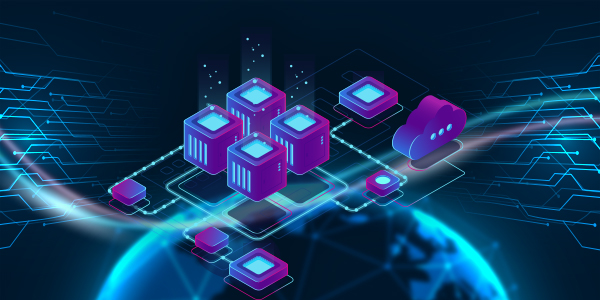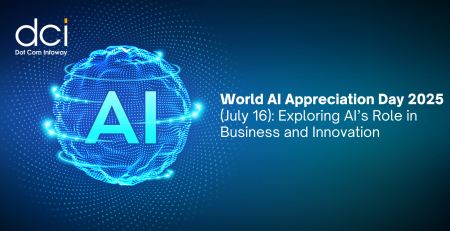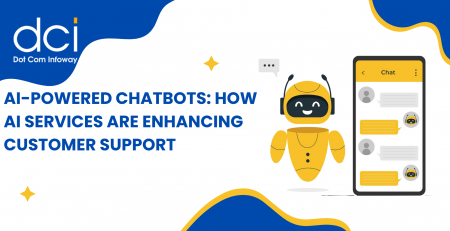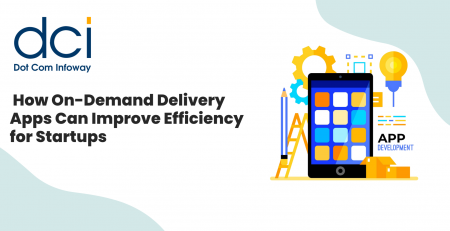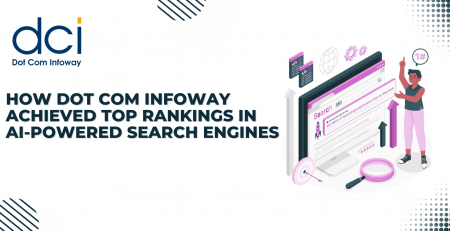Web 3.0 Impacts Not Just on Crypto, or Fintech, but on the Entire World!
Web 3.0 has been at the forefront of talks, especially if it’s concerned with the Internet’s future. Experts associate it with terms like “decentralization”, “record speeds”, “intelligent”, and “autonomous”.
At present, the world wide web 3.0 is intricately tied with Fintech 3.0, Web 3.0 crypto, and it’s only bound to gain traction and could very well transform our world in the coming years. As we watch it take shape, let’s look back at the evolution of the web and the impact of web 3.0 at present.
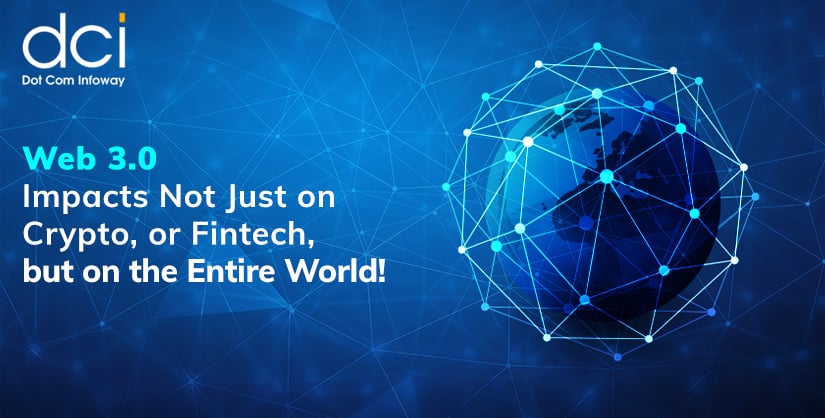
A Comparison of Web 1.0, Web 2.0, and Web 3.0
Take note that Web 1.0’s lifespan lasted from 1989 to 2005. It lingered and existed alongside Web 2.0 for a while, which, in turn, lasted between 1999 to 2012. Web 3.0 officially rolled out in 2006.
Here’s what sets all three apart:
| Web 1.0 | Web 2.0 | Web 3.0 |
| Read-Only | Read-Write | Read-Write-Interact |
| Visual | Programmable | Linked Data |
| Home Pages | Blogs and Wikis | Livestreams and Waves |
| Mostly page views | CPC (Cost Per Click) | User engagement |
| Email, search engines, web servers, P2P file sharing | Instant messaging platforms, Adobe Flex, | Semantic search, personal intelligent data assistants, knowledge bases |
| Content is Owned | Content is Shared | Content is Consolidated |
| HTML, HTTP, Portals, URL | XML, RSS | OWL, RDF, RDFS |
| Encylopedia Britannica | Wikipedia | Semantic Web |
| Focuses on directories | Prioritizes tagging the user | Gives importance to user behavior |
| Company-centric | Community-centric | Individual-centric |
| Banner ads | Interactive ads | Behavioral ads |
Web 3.0’s Fundamental Features and Advantages
Characterized by the Semantic Web
Web 3.0 seeks to improve the way content can be analyzed, served, and searched. Semantic Web is its answer to the limitations that immediately arise if we compare Web 2.0 vs Web 3.0, since the former relied mostly on keywords and numbers to do that.
AI-Powered
A computer’s ability to understand word meaning better can only be achieved with the help of artificial intelligence. Not only does it improve search results but delivers it in a relatively faster way as well, which is only good for the future of web development.
Focuses on 3D
Web 3.0 is Internet and web designing that stands out with how it renders content with 3D technology designs. This is becoming apparent in how games, eCommerce, and other geospatial contexts are being designed currently.
Better Connectivity
Information can be linked easier and more effectively with the help of semantic metadata. In short, it can be utilized to the fullest.
Relies on Edge Computing
Processes apps and data on smartphones, laptops, sensors, appliances, and even vehicles like smart cars.
Decentralized
You get to ensure data and virtual asset ownership thanks to the data being decentralized. This also helps avoid user privacy issues by preventing tracking when logging into the internet.
Runs With Blockchain
Naturally, it will gain the perks of that technology such as better data protection through encryption.
How Much of a Game Changer Will Web 3.0 Really Be?
As of this writing, three major and pivotal industries are getting the most out of Web 3.0’s rise, namely Blockchain/Crypto, Web and App Development, FinTech, and eCommerce.
Each of the following points should give you valuable insights regarding the latest web development technologies and what digital marketing in the future will most probably look like.
-
Impact on Blockchain/Crypto
According to PMI, the global Web 3.0 blockchain market’s value is $1343.55 million and is expected to rise to $87761.35 million by 2030. Blockchain and Web 3.0, as mentioned above, are intricately connected, to the point that the latter depends on the former to flourish.
We can see the most impact in the major shift toward NFTs (non-fungible tokens). Full adoption of Web 3.0 in crypto may take a while, but the signs point toward that, especially now as more people realize the benefits of decentralization.
-
Impact on FinTech
Experts expect the FinTech blockchain market size to grow to $6,228.2 million by 2023 with a 75.9% CAGR from 2017. That massive growth is not at all surprising considering the way Web 3.0 integration aids in improving user trustworthiness and accessibility. Other important benefits include quicker transactions, a better custom journey, and stable service provision.
-
Impact on Web and App Development
With the help of the Semantic Web, it’s easier for developers to deliver content that users really need. They can build context-aware programs that can help do just that.
There’s also the matter of Web 3.0 being imbued with AI capabilities. This results in smarter front-end and back-end development. It’s also more connected and accessible, without sacrificing security.
Speaking of accessibility, Web 3.0’s omnipresence only means content developed will enjoy better reach. Better interconnectivity, on the other hand, means user experience (UX) is naturally improved thanks to data being more readily accessible than before.
We also can’t overlook the shift toward 3D graphics in presenting content on the Internet. This trend exhibits a relative paradigm shift that transforms the Internet into the virtual world that people only dreamed of and wrote about in the past.
With that said, it’s not surprising that web application development services are hyping the metaverse because it carries plenty of promise when it comes to providing far better, more immersive, and arguably limitless experiences based on the needs and requirements of people of all ages.
-
Impact on eCommerce
Much like its effects on other industries, Web 3.0’s impact on eCommerce is nothing short of ambitious. It aims to revolutionize online commerce by building an open economy for everyone. This eliminates the middlemen that come between buyers and sellers, allowing them to transact and interact directly.
It’s built on “truth, not trust” as some experts pointed out, where large-scale eCommerce is possible and everyday transactions can be done with seamlessly and minimized costs.
How to Prepare for Web 3.0 Marketing
Web 3.0 marketing will be game-changing. If you’re working with mobile app developers and a digital marketing agency, they’ll likely point you toward two factors and how they relate to Web3, namely SEO and social media.
-
SEO
Web 3.0 places importance on targeting the right keywords, building backlinks, and sending social signals. Coupled with this is the need to focus on relevancy. Always consider how the Semantic Web delivers the most useful and accurate content to the user.
-
Social Media
Capitalize on the accessibility of user data on various social channels. What’s great about the integration of Web3 with social media marketing is that it resulted in better data security. After all, it also provides users with more control over who they want to share their information with.
FAQs
1. What is Web 3.0 and its examples?
Basically, it’s the Internet rendered in 3D and leverages premier technologies like AI, machine learning, and blockchain. Cryptocurrencies, NFTs, decentralized apps, certain computer games, and Apple’s Siri serve as good examples.
2. What are Web 3.0 main features?
It’s decentralized, omnipresent, powered by AI, and highly interconnected.
3. Is Web 3.0 the future of the internet?
Trends point toward it being the Internet’s next iteration.
4. How does Web 3.0 benefit our lives?
Summed up, many of its benefits are primarily more user-focused and personalized.
5. Is Google a Web3?
Not yet. However, it does have a Web 3.0 cloud computing division and is one of the big companies investing in its technologies.
6. What is Web 3.0 in SEO?
Web 3.0 affects key areas such as the way content can be analyzed through semantic web and link-building. Smart contracts on blockchain can function like a backlink, for example.
Conclusion
Is web 3.0 the future of the internet? Experts say that it may well be so, and its impacts, as mentioned above, only prove this. Web 3.0 is here to stay precisely because it addresses the fundamental issues of its predecessors and offers improvements that they can’t provide.



